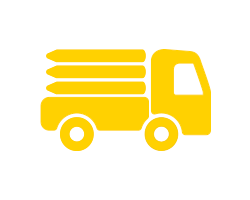Goldpine
Luke Kampshof: Farming Happy Calves
Mata Farm

Winter in Northland is very wet for sharemilker, Luke Kampshof, who runs a 90 hectare farm on Fulton road. A good shed being essential in this weather to shelter his calves.
With his family hailing from the mighty Waikato, Luke Kampshof was born and bred living on a farm, and has been farming for around 21 years now. At the age of 16, he left school and started helping his parents out on their family farm. Spending quite a few years as a farm worker, he then moved into farm management. After meeting his wife and travelling overseas for three years, he landed back in New Zealand as a 50/50 sharemilker in Northland and has never looked back.
Their farm houses 260 cows, mainly friesian cattle, on 90 hectares — which equates to 2.8 cows per hectare. Overall, they end up having around 260 calves, sometimes more, depending on whether some cows end up having twins.
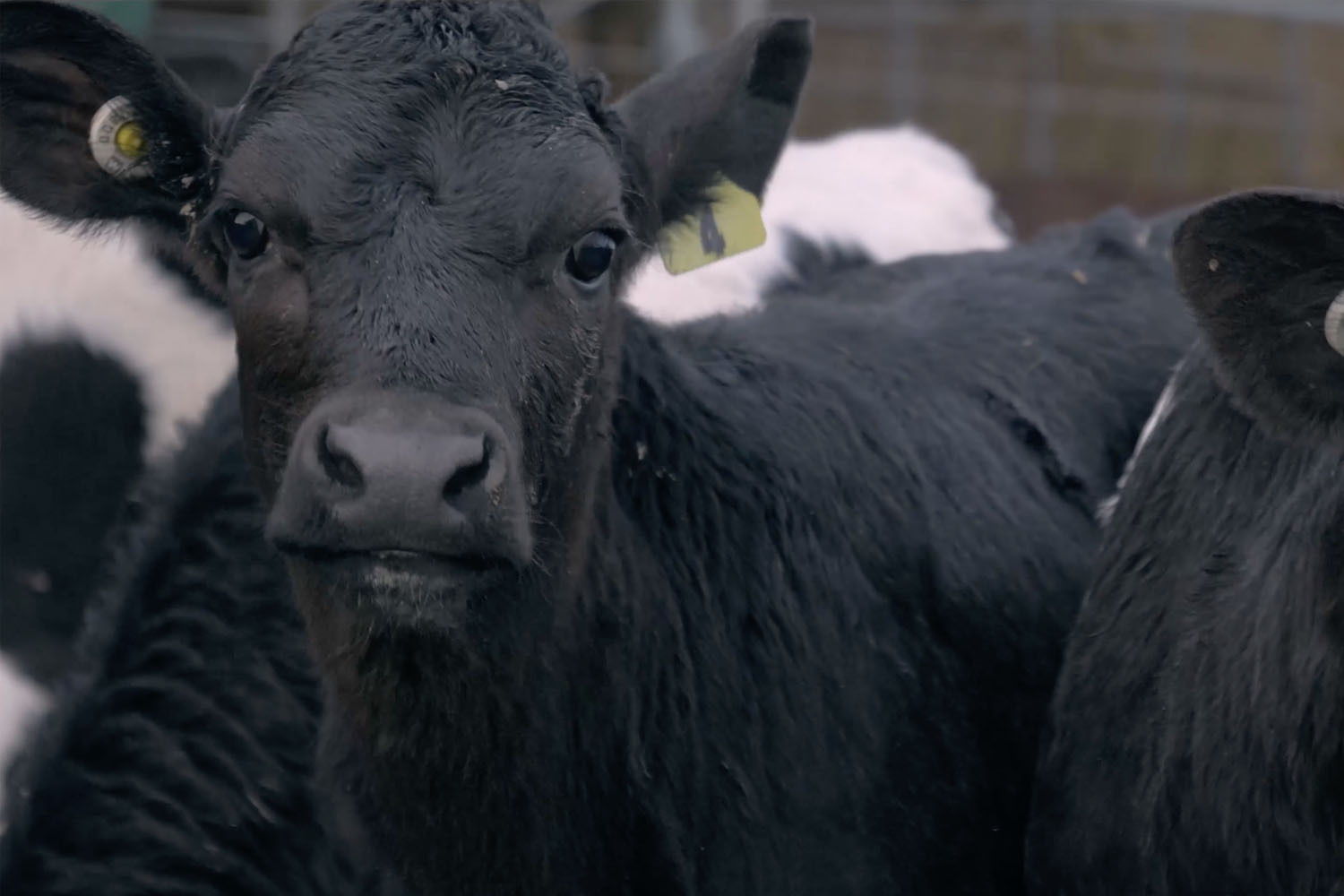
Luke and his wife are the main workers on the Mata farm, but have recently ended up getting a worker in to help for a few months to make the workload more manageable. When it comes to responsibilities on the farm there is a set routine where their worker would turn up and start milking. Luke's wife would help to feed the calves, pick up supplies from town and look after the day-to-day management of the books. Luke runs the farm, feeding the cows and deciding their rotation. On his farm, milkers would get shifted twice a day, while dry cows get shifted once a day. They will often get 3-4 hours grazing and if it's wet, the cows will go into the stand-off area.
We talked with Luke whilst he was feeding the calves and he gave us some information about how often they get fed. When the calves are a week old, they will get two liters of milk in the morning and another two liters in the evening. They will get split up in their pens depending on their age group and once they get to 7-10 days old, they get seven liters of milk per day. As they get older, Luke moves them through the pen and lets them outside. As they get older, they’ll move down to two liters a day then get weaned off on meal.
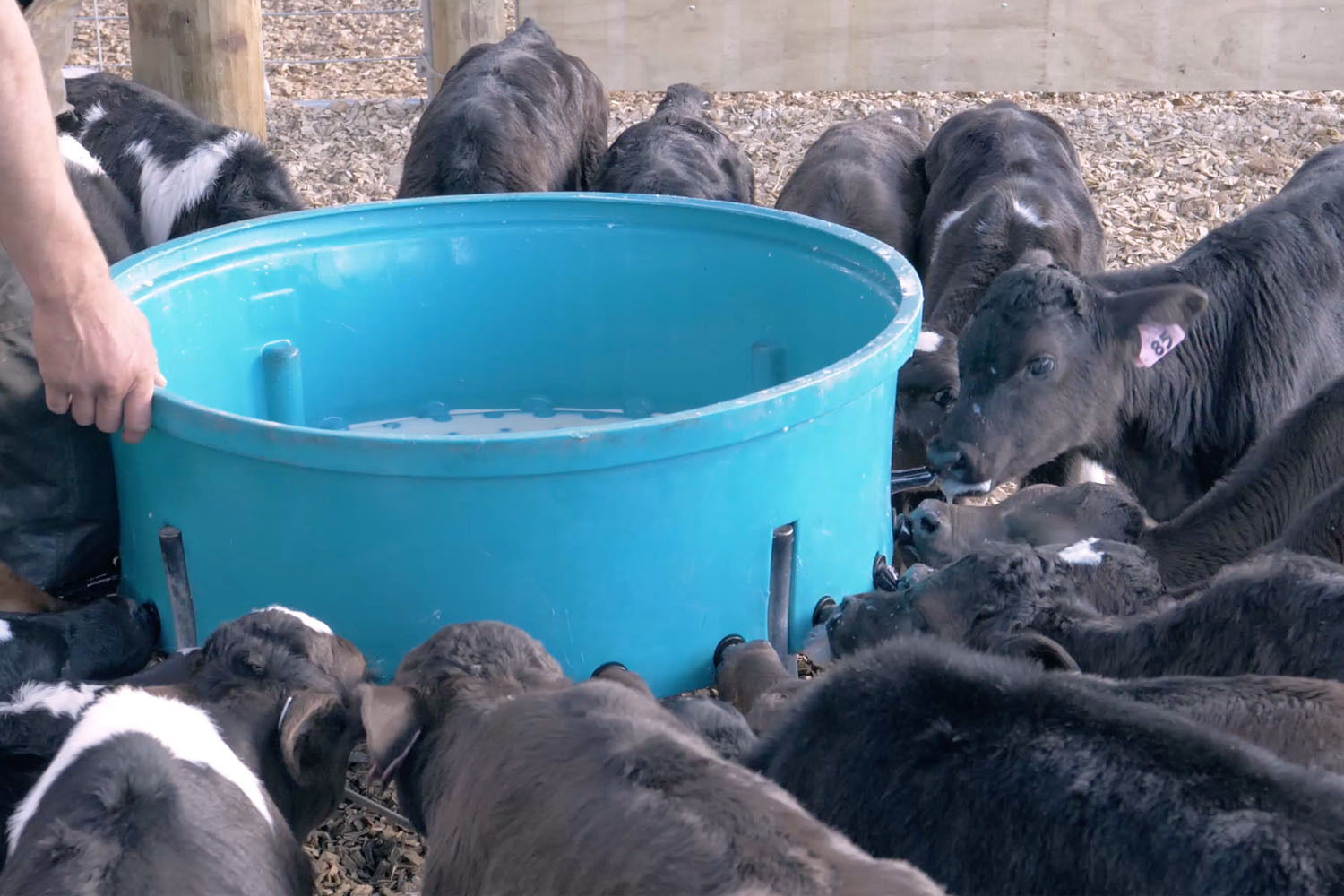
Before moving with his wife to Northland, Luke had never visited the Whangarei District before. It was never their intention to move up north, but the job was there, and it was still an easy drive back to see their family in Matamata. "I've been working 18 out of last 21 years working on a farm. I still enjoy it and get a buzz out of it — especially now that I have kids," Luke told us.
When asked whether his kids would end up helping him out on the farm, he told us that when he was younger, he was always told by his parents to do something else. He originally wanted to become a chef, but he loved farming that he carried it on. "I'd certainly encourage my kids but make sure it's pretty clear there are other options," Luke said. "It's okay to do something else to begin with, but if they absolutely love it, I'll be behind them and help them get into it."
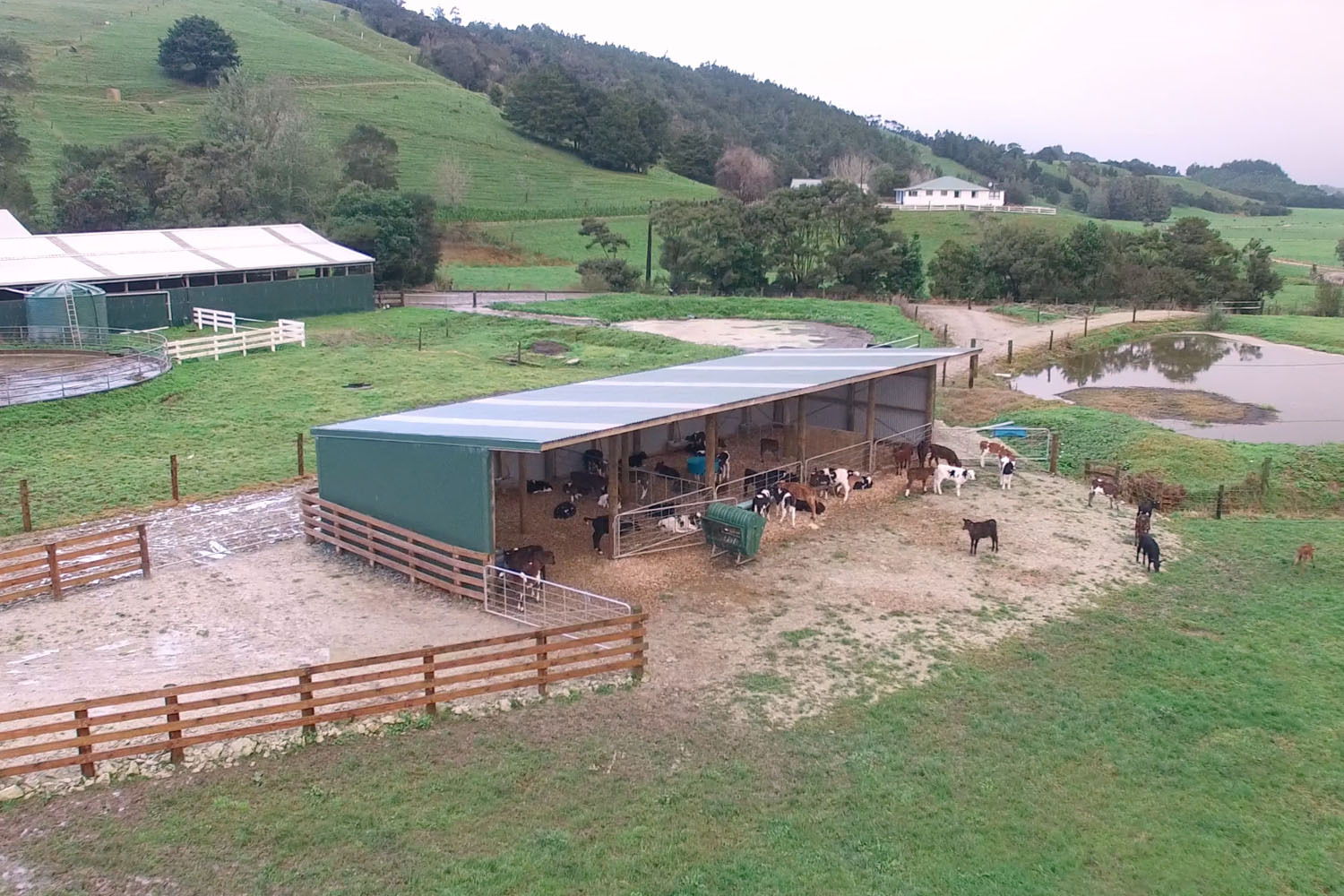
The shed, made with products from Goldpine, was purposely built to give warmth and shelter to the calves. A good shed is very essential, especially in Northland's wetter months. It presents a high roof, plenty of air flow and natural sunlight, letting the bacteria breathe and keeping the calves dry. Some farmers put their calves outside straight away, but Luke was very adamant about taking good care of them. Within the first week of a calf's life, they can get sick if they've been out in the cold for a couple of hours — and also by being overfed. Luke talked about diseases like salmonella and rotavirus where you could lose 15-20 calves very quickly. Thankfully this hasn't happened to him recently, but it is possible. This can be managed by keeping the pens clean and dry and topping up the sawdust.
The shed is also a saviour in wet conditions and keeping the cows off the pastures, preventing them from getting muddy. The design and structure and the quality products that Goldpine has to offer left Luke responding, "it's one of the best sheds that they've had".
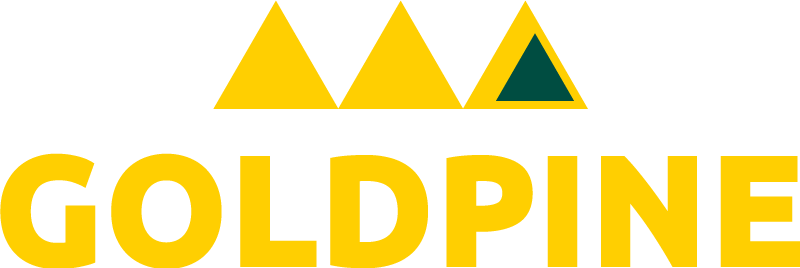
.jpg)
.jpg)
